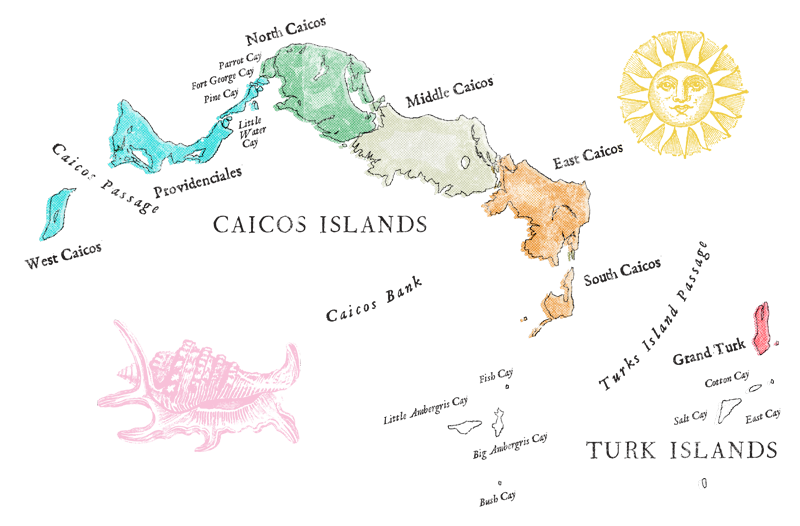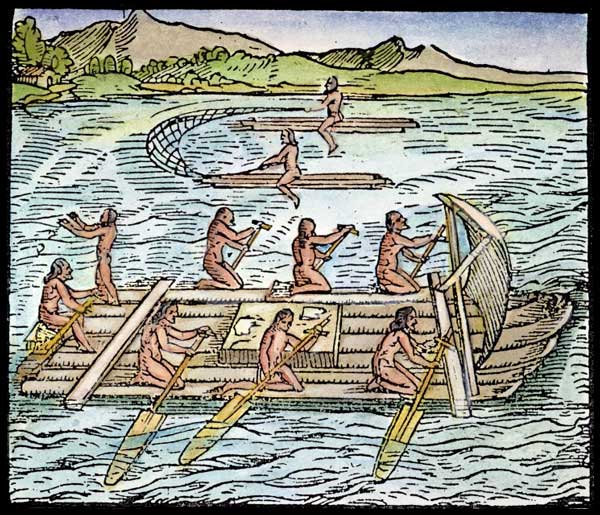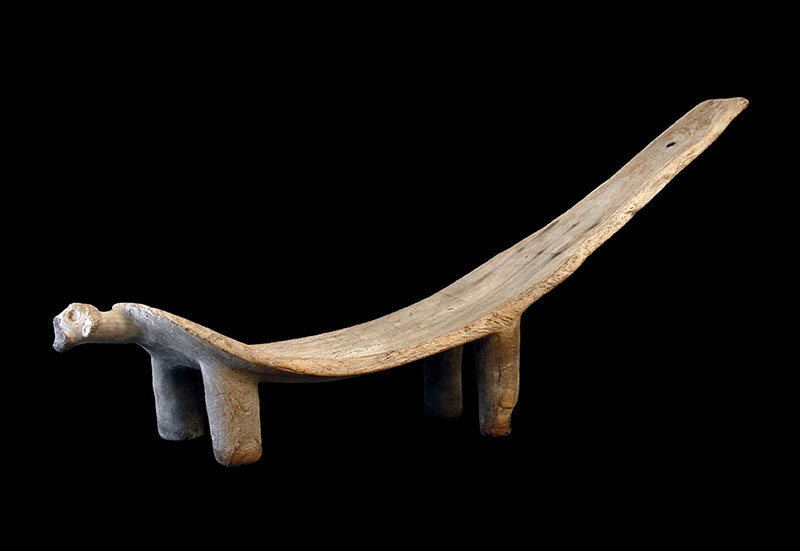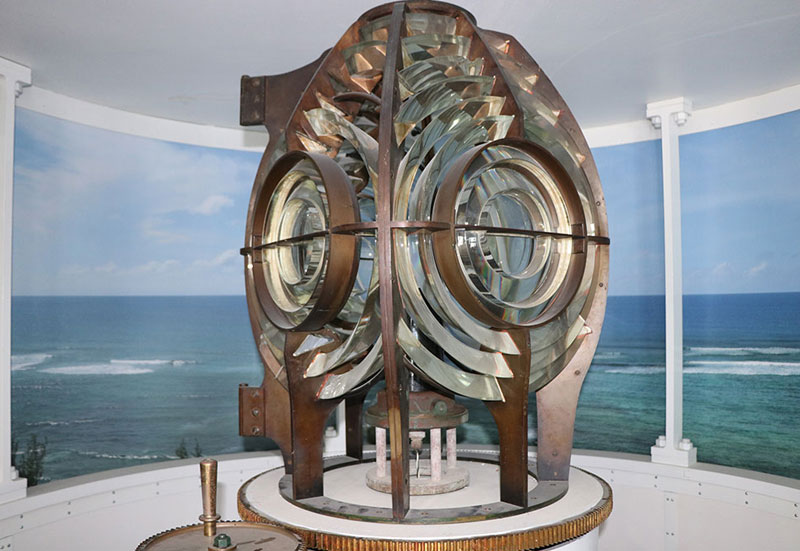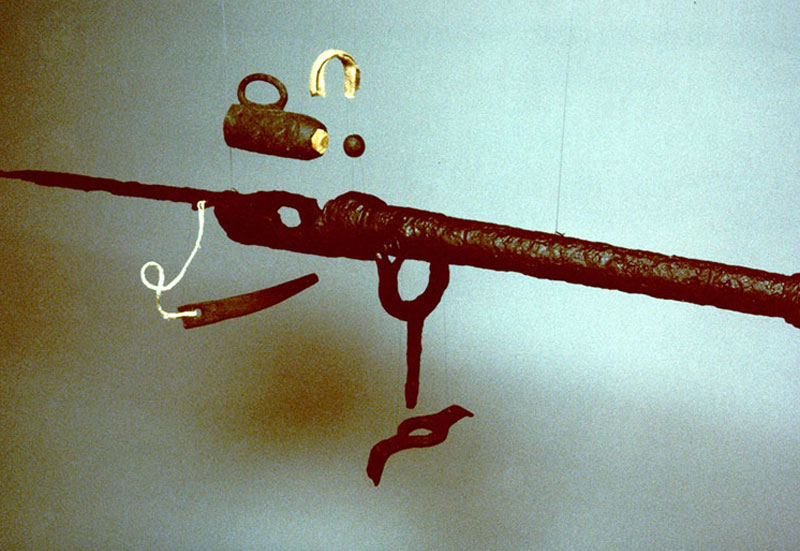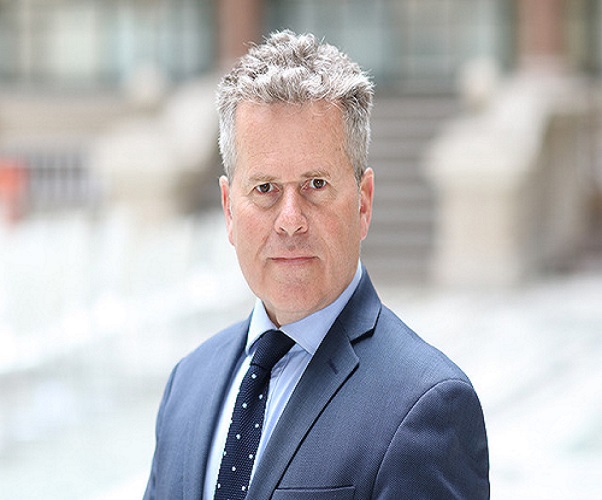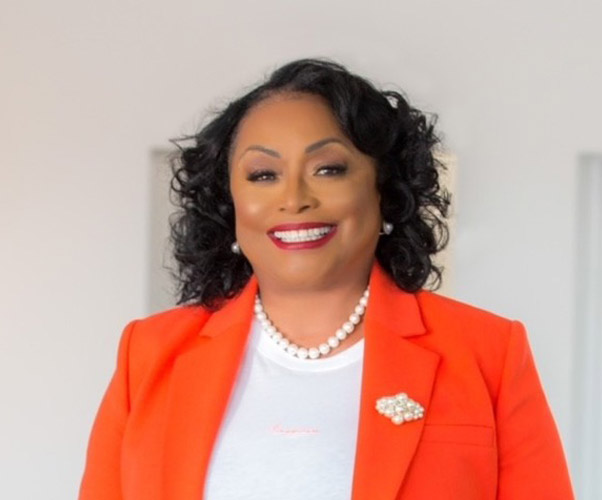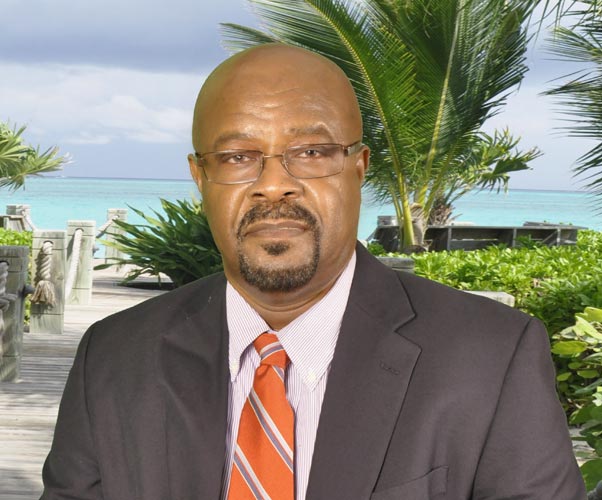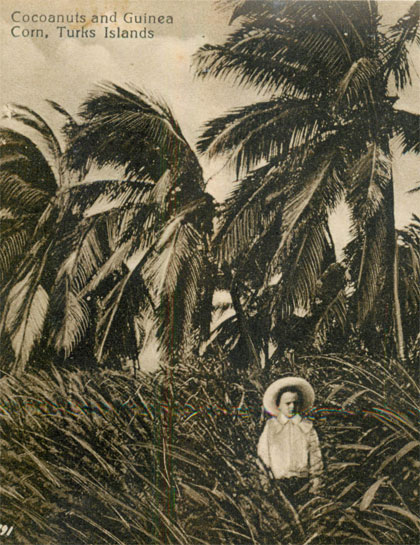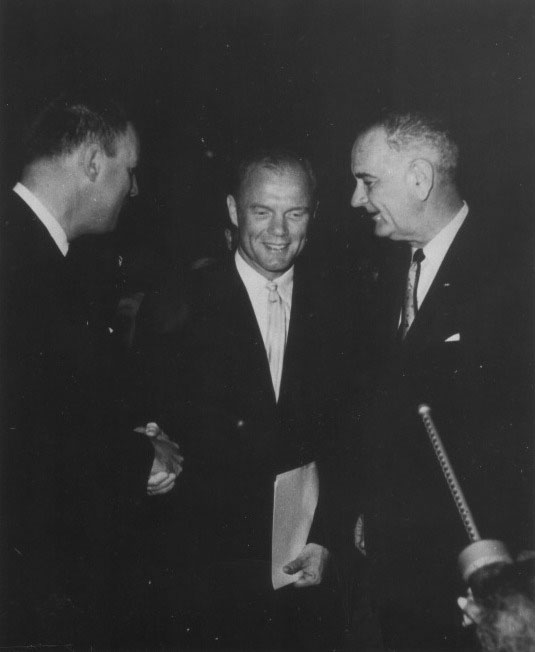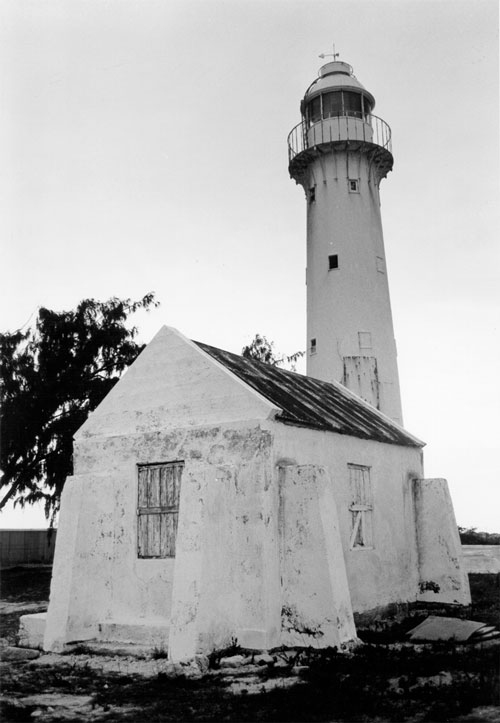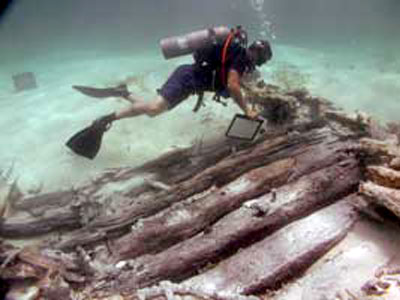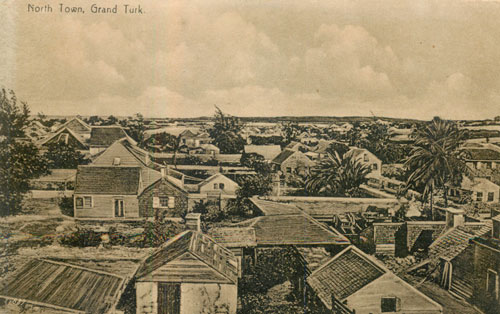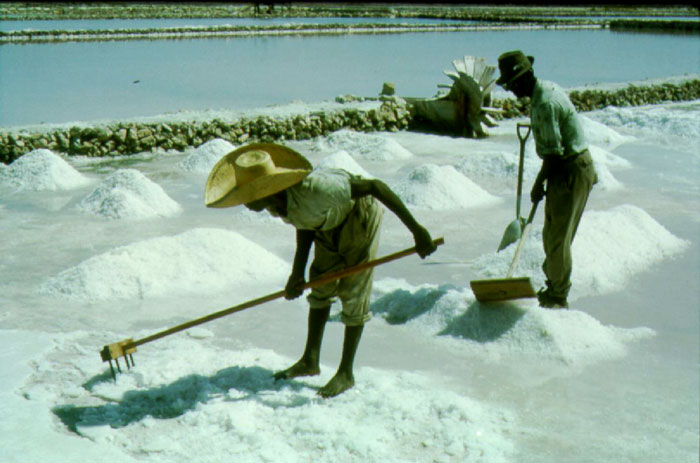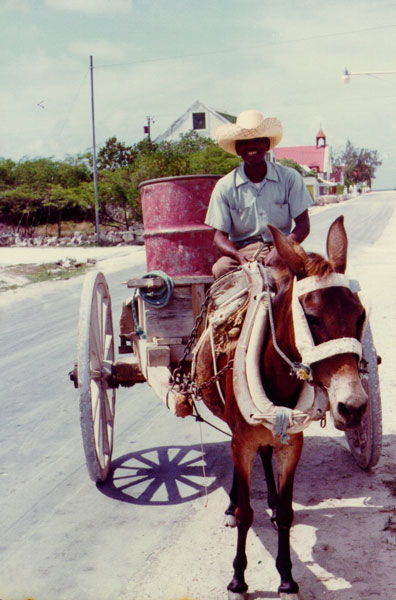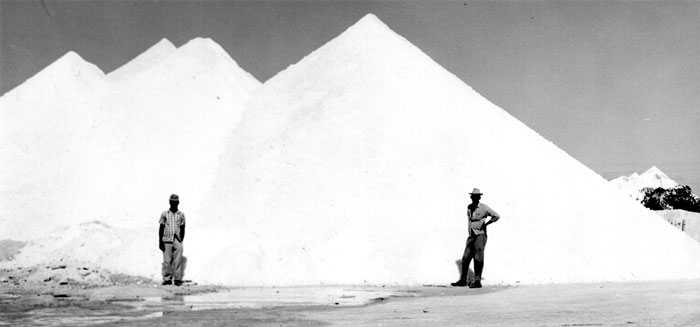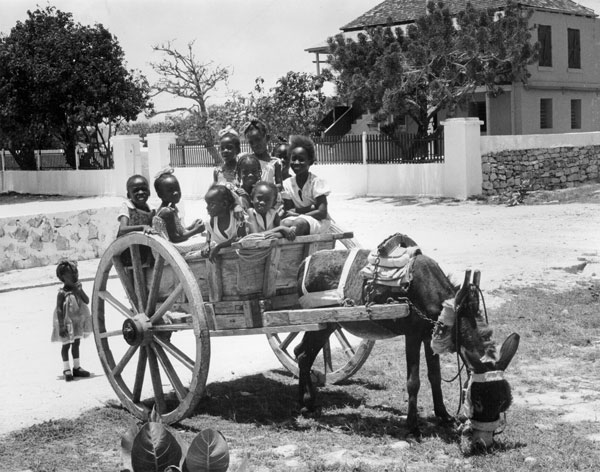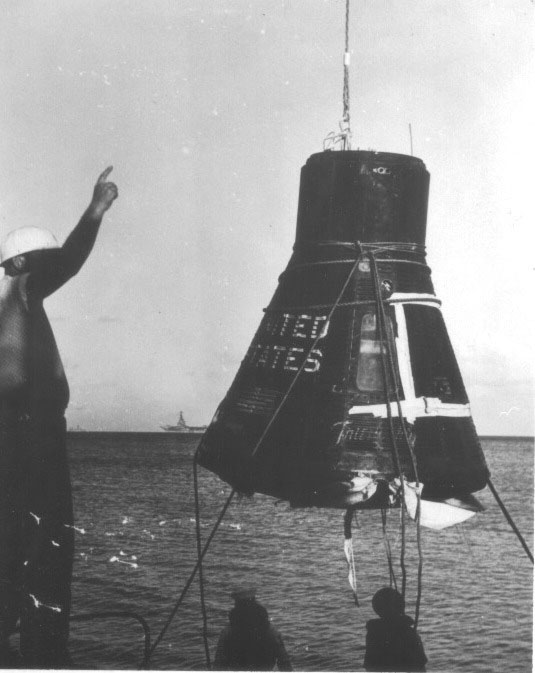Biography, Coronation, Golden Jubilee
The Museum has a wide range of digital images taken throughout the Islands during the festivities that were held to mark Queen Elizabeth II Golden Jubilee. These can all be viewed at the Museum by appointment.
Queen Elizabeth II Biography
Her Majesty Queen Elizabeth II was born in London on April 21 1926. She was the first child of the Duke and Duchess of York, George and Elizabeth Bowes-Lyon. Five weeks after her birth she was christened in the chapel of Buckingham Palace and was given the names Elizabeth Alexandra Mary.
Her father was not expected to be king but with the abdication of his brother, King Edward VIII, after the scandal of his affair with Divorcee Mrs Wallis Simpson, who he later married, the Duke of York became King George VI in 1936, with his coronation in the following year. This meant that in her early years Princess Elizabeth was not expected to become Queen, and in many ways this allowed her development to take place outside the media glare.
Along with her younger sister, Margaret, she was educated at home and with her becoming Heir Apparent to the throne in 1936 she started to study constitutional history and law. She was thrust into public duty at the age of 14 when she made her first radio broadcast to all the children of Britain and the Commonwealth, especially those being evacuated due to the Second World War.
After the Second World War Princess Elizabeth’s public engagements grew in number and frequency. Her first official visit overseas took place in 1947, when she accompanied her parents and sister on a tour of South Africa.
Princess Elizabeth married Philip Mountbatten, her 4th cousin, in Westminster Abbey on November 20, 1947. In October 1947 the Commissioner of the Turks and Caicos announced that he would be glad to receive subscriptions for a wedding present for Her Royal Highness Princess Elizabeth. The Gazette for October 25th recorded that subscriptions were “limited to one shilling and will be handed to Princess Elizabeth for the endowment of Hospital Cots, Empire Scholarships and other good causes”. The Gazette for December 6th showed that in the end 20 11s 3d was contributed by the Turks and Caicos Islands.
During their marriage they have had four children. Prince Charles, now the Prince of Wales and Heir Apparent to the throne, was born in 1948: Princess Anne, now the Princess Royal, was born in 1950: Prince Andrew, now the Duke of York, was born in 1960: and Prince Edward, was born in 1964. At the time of the birth of Prince Andrew the Turks and Caicos sent the following telegram to his Excellency the Governor on the 21st February, 1960 for transmission to the secretary of state for the Colonies “The Administrator and the people of the Turks and Caicos Islands would like for you to convey to Her Majesty the Queen their sincere congratulations on the birth of a Prince.”
During an Official tour of Kenya in 1952 Princess Elizabeth was informed of the death of her father, and that she was now Queen Elizabeth II. She immediately returned to England to take up her duties and to lead the nation in mourning the death of King George VI. Her coronation took place in Westminster Abbey on June 2, 1953.
In 1977, the Queen’s Silver Jubilee was celebrated in the United Kingdom and throughout the Commonwealth. Accompanied by the Duke of Edinburgh, the Queen travelled some 56,000 miles to share the anniversary with her people.
Queen Elizabeth II Coronation — How the Turks and Caicos Islands recorded the events in 1952 and 1953
The death of King George VI and coronation of Queen Elizabeth II did not pass the Turks and Caicos Islands by. On the 6th February 1952 the following telegram was sent from the Acting Colonial Secretary, Jamaica to the Commissioner, Turks Islands:
“The following from the Secretary of State for the Colonies begins circular 11 – Profoundly regret to inform you that His Majesty King George VI passed away last night”
This was communicated at the Legislative Board meeting on the 8th of February 1952 along with the following response from His Honour T W Willis, M.B.E., the Acting Commissioner for the Turks Islands, to the Colonial Secretary, Jamaica.
“The People of the Turks and Caicos Islands have learnt with profound grief of the death of their beloved Sovereign and ask that an expression of their deepest sympathy may be conveyed to the bereaved Royal Family”.
At the same Legislative Board meeting the “Board stood in silent tribute” and the following resolution was moved by the President, seconded by Hon. F C Grant and passed unanimously:
“The Members of the Legislative Board of the Turks and Caicos Islands on their behalf and on the behalf of the people of the Dependency desire to record their deep sorrow at the news of the death of their beloved Sovereign King George the Sixth, and profound sympathy with the Queen Mother and all the Members of the Royal Family, to affirm to her Majesty Queen Elizabeth the Second their true devotion and loyalty”. (Gazette Extraordinary, Friday February 8, 1952)
Also issued on Friday February 8th 1952, in another Gazette Extraordinary was the following Proclamation of Accession.
“Whereas it has pleased Almighty God to call His Mercy Our late sovereign Lord King George VI of Blessed and Glorious Memory by whose decease the Crown is solely and rightfully come to the High and Mighty Princess Elizabeth Alexandra Mary:
We, Thomas William Willis, Member of the Most Excellent Order of the British Empire, Acting Commissioner for the Dependency of the Turks and Caicos Islands, Vernon Lister Lopez, Evan Thomas Wood, John William Astwood, Official Members of the Legislative Board of the said Dependency, Edmund Garcia Ewing, Felix Cornelius Grant, William Richardson Tatem, James Nathaniel Morgan, Unofficial Members of the said Board, Cecil Earle Crawford, Member of the Most Excellent Order of the British Empire, Frank Herbert Jones, Assistant Commissioner and Christopher Benjamin Jennings, Government Officer at Salt Cay:
Do now hereby with one voice and consent of tongue and heart publish and proclaim:
That the High and Mighty Princess Elizabeth Alexandra Mary is now by the death of Our Late Sovereign of Happy Memory become Queen Elizabeth the Second by the Grace of God, Queen of all her realms and territories, Head of the Commonwealth, Defender of the Faith, to whom her Lieges do acknowledge all faith and constant obedience with hearty and humble affection beseeching God, by whom Kings and Queens do reign to bless the Royal Princess Elizabeth the Second with long and happy years to reign over us:
GOD SAVE THE QUEEN !
The approved Loyal Toast was recorded in The Gazette for July 5 1952 as:
1. The Queen
2. Queen Elizabeth the Queen Mother, Queen Mary, The Duke of Edinburgh and the other members of the Royal Family.
Queen Elizabeth II’s Coronation saw many official celebrations. The Gazette for December 13 1952 recorded that the following people were “appointed members of a Committee to manage and coordinate arrangements for the Celebrations in connection with the Coronation of Her Majesty Queen Elizabeth II on June 2nd, 1953”
H. H. the Commissioner (Chairman)
Mrs Bleackley
Mr B. D. Kelly
Rev. S. U. DunMoodie
Rev. G. L. Walters
Mr C. S. Jones
Hon. W. R. Tatem
Mr. Alex Astwood
Hon. T. W. Willis, M.B.E.
Miss A. A. Tatem
Miss I. A. Roberts (secretary)
Mrs E. M. Simmons
Mr L. Godet
Mr A. Hill
Hon. E. T. Wood
Mr A.L. Hawkins
This committee was to prevent “overlapping or duplication” and all societies that were proposing to hold their own functions during the week ending 6th June were asked to contact the committee. The committee also requested any suggestions for celebrations to be sent to them.
There are no accounts yet found of what activities took place to commemorate the Coronation in the Turks and Caicos Islands so if you can remember any or have any photographs or programmes please let the Museum know. In The Gazette for June 6th 1953 it does state that “The Coronation Committee will issue a detailed report in due course” but no further information is found.
We do know that the following received awards on the occasion of her Coronation. The Honourable William Richardson Tatem received the Most Excellent Order of the British Empire (OBE) whilst the following received the Coronation Medal:
His Honour Peter Bleackley, M.B.E.
Hon. Evan Thomson Wood
Hon. H. V. T. Chambers
Hon. John William Astwood
Hon. William Richardson Tatem
Hon. Felix Cornelius Grant
Hon. James Nathaniel Morgan
Hon. Thomas William Willis, M.B.E.
Mr Brian Douglas Kelly
Mr Clifford Stanley Jones
Dr Donald Oliver Astwood
Mr. Alexander Astwood
Mr Bertram Alexander Manuel
Mr Christopher Benjamin Jennings
Mr Raymond Evan Gardiner
Mr Harold St. George Robinson
Mrs Rachel Bleackley
Mrs Mary Ellen Elizabeth Wood
Mrs Euphronia Misick Simmons
Miss Irene Alice Hope Roberts
Miss Amie Louise Tatem
Queen Elizabeth II Golden Jubilee Celebrations
In June 2002 Queen Elizabeth II celebrated her Golden Jubilee. As the Turks and Caicos Islands are a British Overseas Territory they also took part in these festivities. For the first 4 days of June, celebrations took place throughout the Islands and the Museum took photographs on Grand Turk and has been donated a series of digital images taken by David Vicker’s as he accompanied His Excelency Governor Jones on his official duties during the celebrations.
Prior to the official celebrations the Museum provided support in many areas. Probably the most lasting was our support for the Jubilee Souvenir Brochure produced by Public Relations Department of the Tourist Board for the Jubilee Committee. The Museum supplied text on historical royal visits, images and are one of the retail outlets for this keepsake. Each issue is individually numbered from 0001 to 5000 (number 0001 was given to Queen Elizabeth II) and priced at only $5 are well worth the investment, as they will become collector’s items. To find out how to purchase a copy visit the section on the Museum Shop.
The Museum also assisted with the production of three sets of stamps. The Museum provided old photographs, took new photographs and scanned all the images that were to be used. To learn more about the three sets of stamps read the section on Stamps Celebrating Golden Jubilee.
For the Jubilee weekend the Museum also prepared a temporary exhibition on British Royal Visits, which will remain on display at the Museum for the rest of this year. Included in the case are the items produced this year to commemorate the jubilee, including a straw crown made on Middle Caicos by Loathie Harvey and Judy Geddis, two 20-crown coins, a badge which has been given to all school children as a memento of this historic occasion, and the sets of stamps. As well as these new items there are other items from the past, such as the Coronation Medals issued in to some local residents in 1953, to celebrate the Royal link with the Islands.
Please Note:
The Museum has a wide range of digital images taken throughout the Islands during the festivities that were held to mark Queen Elizabeth II Golden Jubilee. These can all be viewed at the Museum by appointment.
